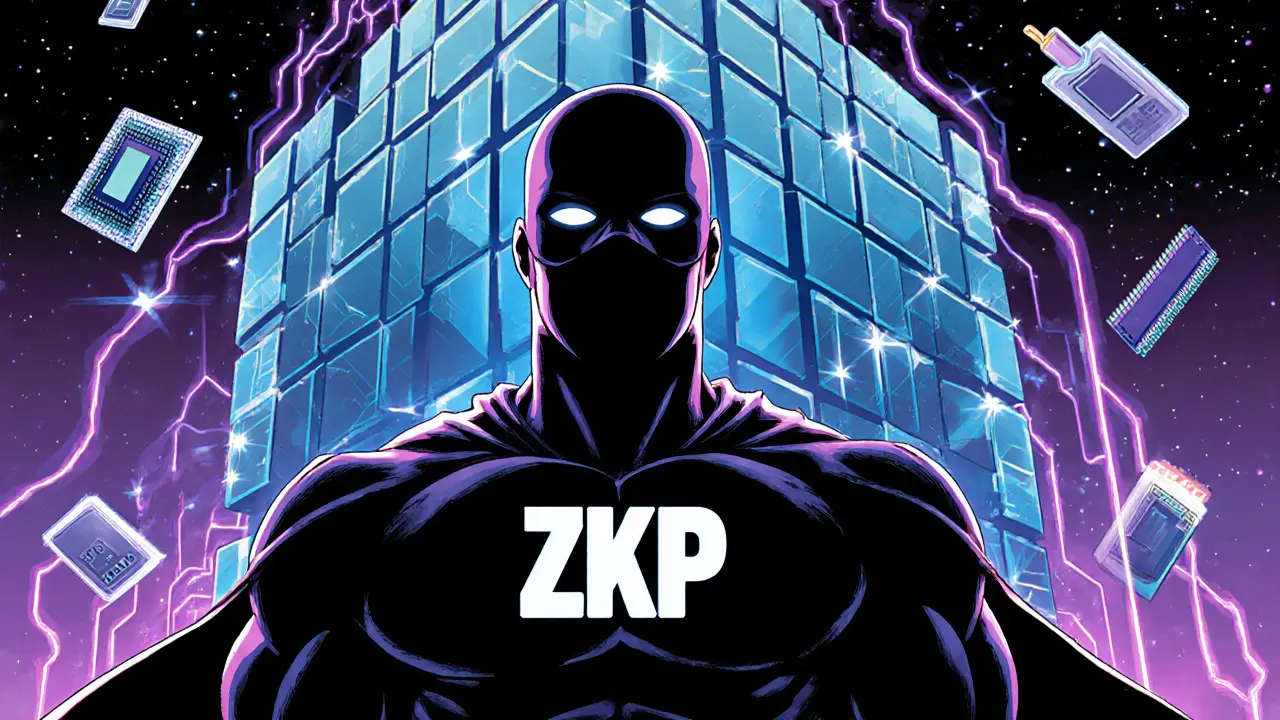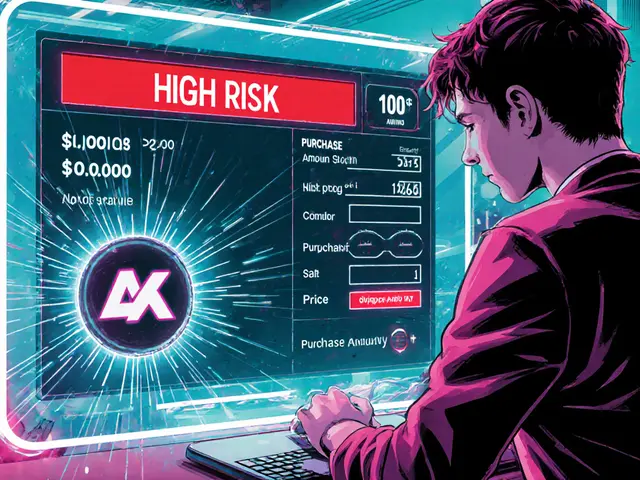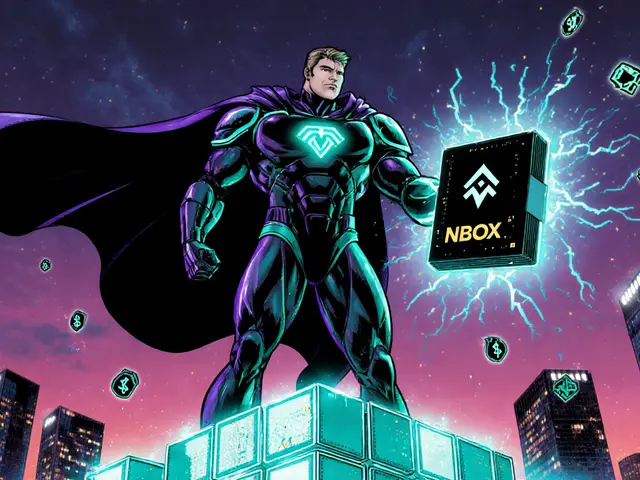STARK – Scalable Zero‑Knowledge Proofs and StarkNet Explained
When working with STARK, a cryptographic proof system that lets blockchains verify massive computations off‑chain while keeping data private. Also known as Scalable Transparent ARguments of Knowledge, it enables high‑throughput verification without exposing underlying data. Zero‑Knowledge Proofs, methods that prove a statement true without revealing the statement itself are the core technology behind STARK. StarkNet, an Ethereum‑compatible zk‑rollup built on STARK proofs takes this a step further by bundling thousands of transactions into a single proof that the main chain can quickly verify. In plain terms, STARK > Scalability, StarkNet > Rollup implementation, Zero‑Knowledge Proofs > Privacy and trust‑lessness. These three pieces form the backbone of modern layer‑2 scaling.
Key Concepts and Use Cases
Why does any of this matter? STARK allows developers to cut gas costs dramatically because the main chain only checks a tiny proof instead of every transaction. Think of it like a teacher grading a summary page instead of every student’s full exam. This efficiency fuels Rollups, layer‑2 solutions that batch transactions and post a single proof to the base chain. By doing so, rollups boost throughput, lower fees, and keep the security guarantees of the underlying blockchain. Ethereum, the most popular host chain, relies on rollups to stay competitive with newer blockchains. The relationship can be summed up as: STARK enables rollups, rollups improve Ethereum’s performance, and StarkNet is the concrete implementation of a zk‑rollup that uses STARK proofs. Users benefit from faster confirmations, cheaper trades, and the same level of security they expect from the base network.
Beyond cost savings, STARK’s transparency means anyone can audit the proof without needing special permissions. This open‑source vibe aligns with the broader Layer 2 scaling, the set of techniques that increase a blockchain’s transaction capacity off‑chain movement, which includes Optimistic rollups, sidechains, and state channels. While each approach has trade‑offs, STARK‑based rollups stand out for their strong security proofs and lack of a trusted setup, which many other zero‑knowledge systems require. Developers building DeFi apps, NFT marketplaces, or gaming platforms can tap into StarkNet’s APIs to create experiences that feel instant and cheap, yet stay anchored to the secure Ethereum ledger. As the ecosystem grows, you’ll see more tools, SDKs, and tutorials that make integrating STARK technology as easy as adding a JavaScript library.
All this sets the stage for the articles below. Whether you’re curious about how STARK proofs work under the hood, want a step‑by‑step guide to deploying on StarkNet, or are hunting the latest rollup performance stats, the collection offers practical insights and real‑world examples. Dive in to see how each piece fits together and how you can leverage this tech in your own projects.

Explore how zero‑knowledge proofs affect CPU, memory and bandwidth on blockchains, compare SNARK and STARK costs, and learn practical ways to cut prover and verifier overhead.
Continue Reading





